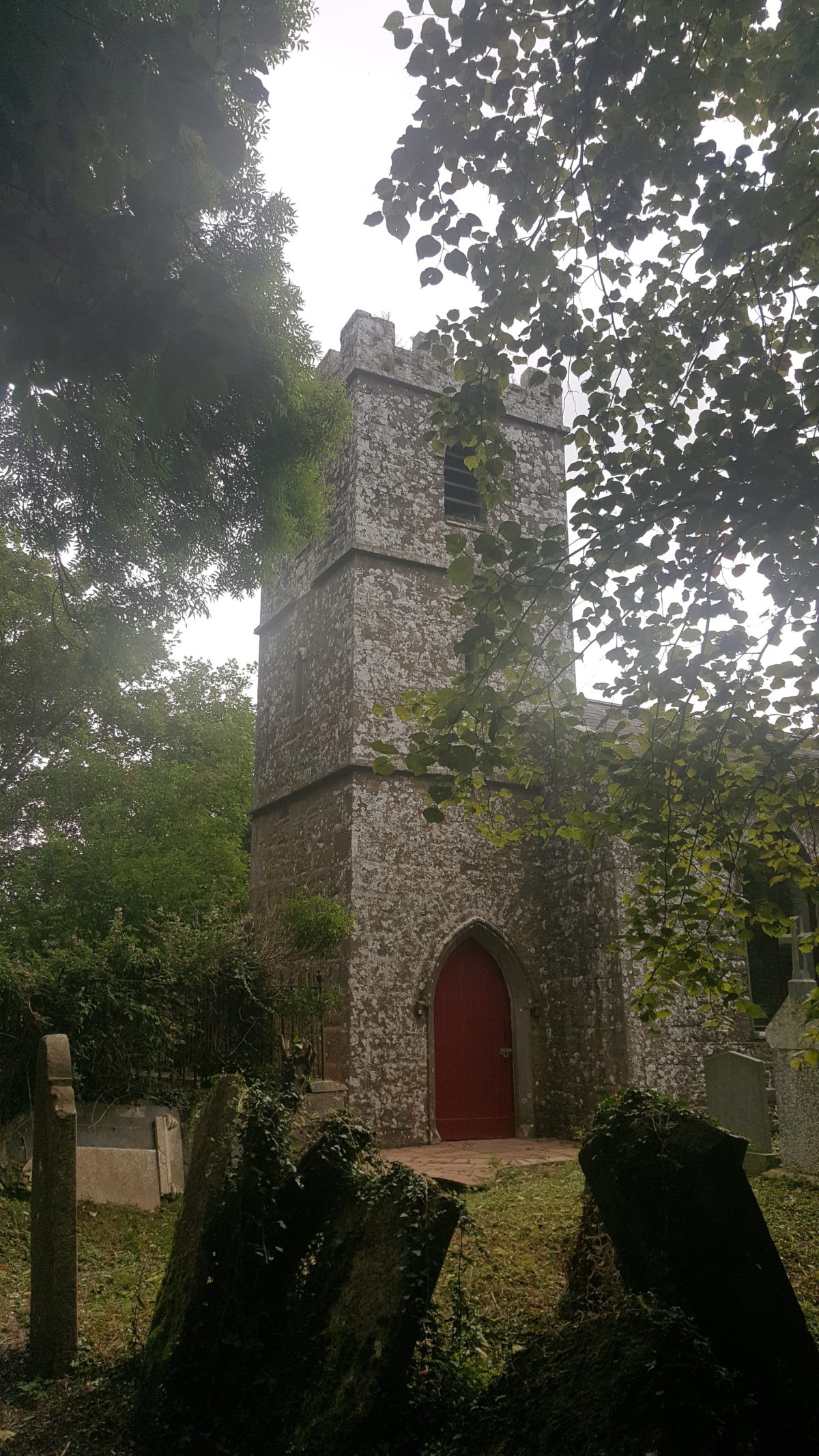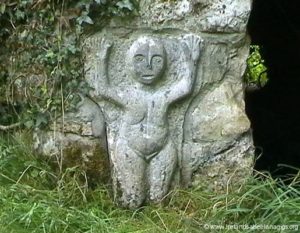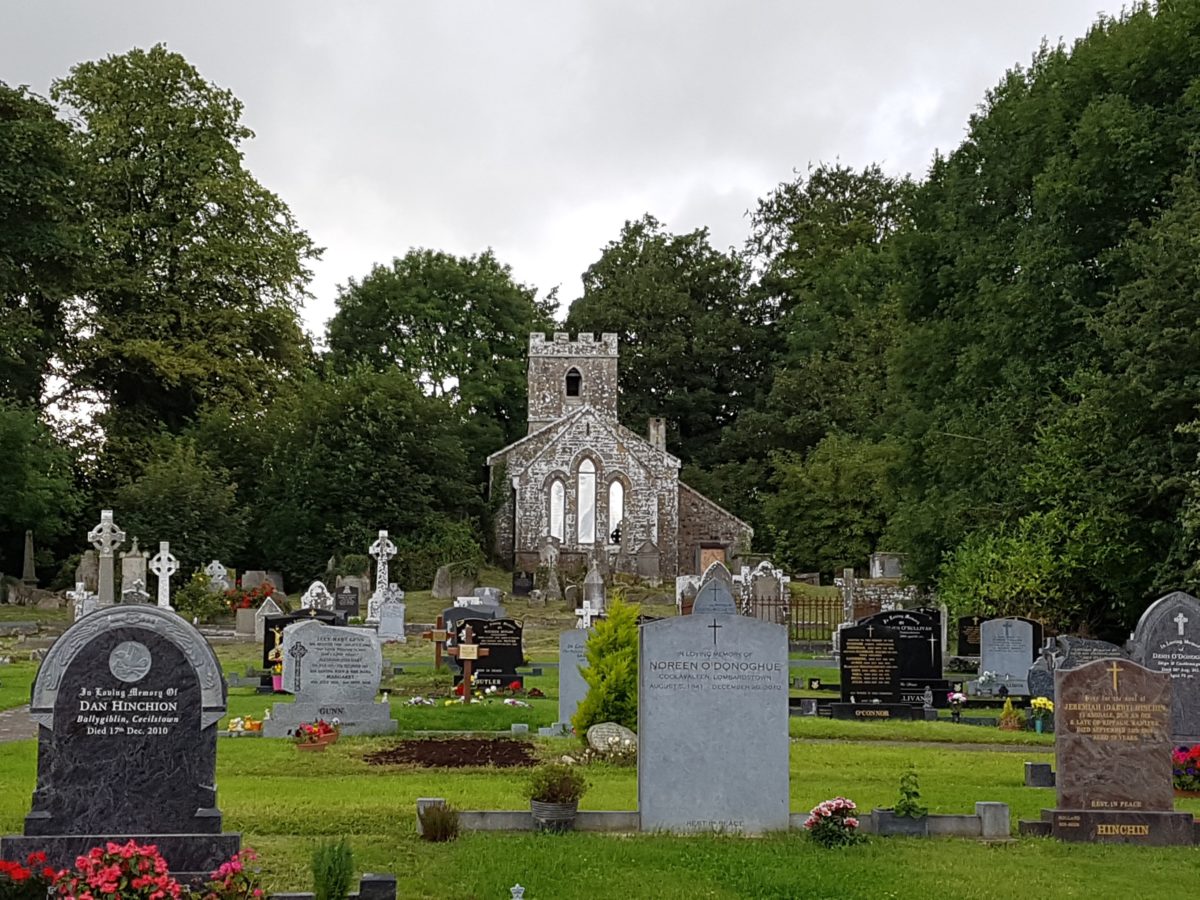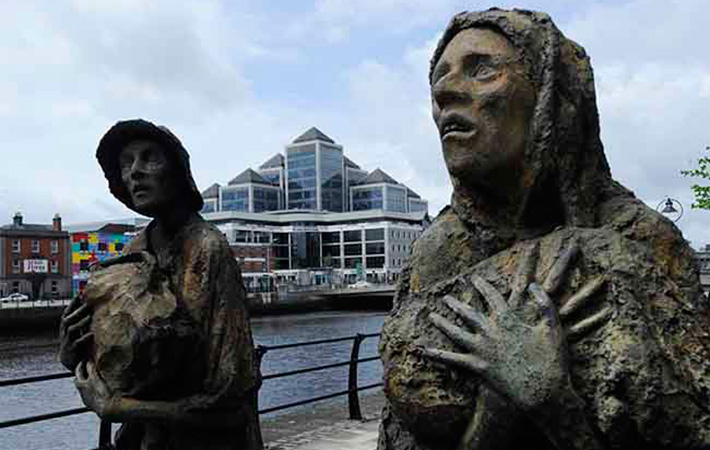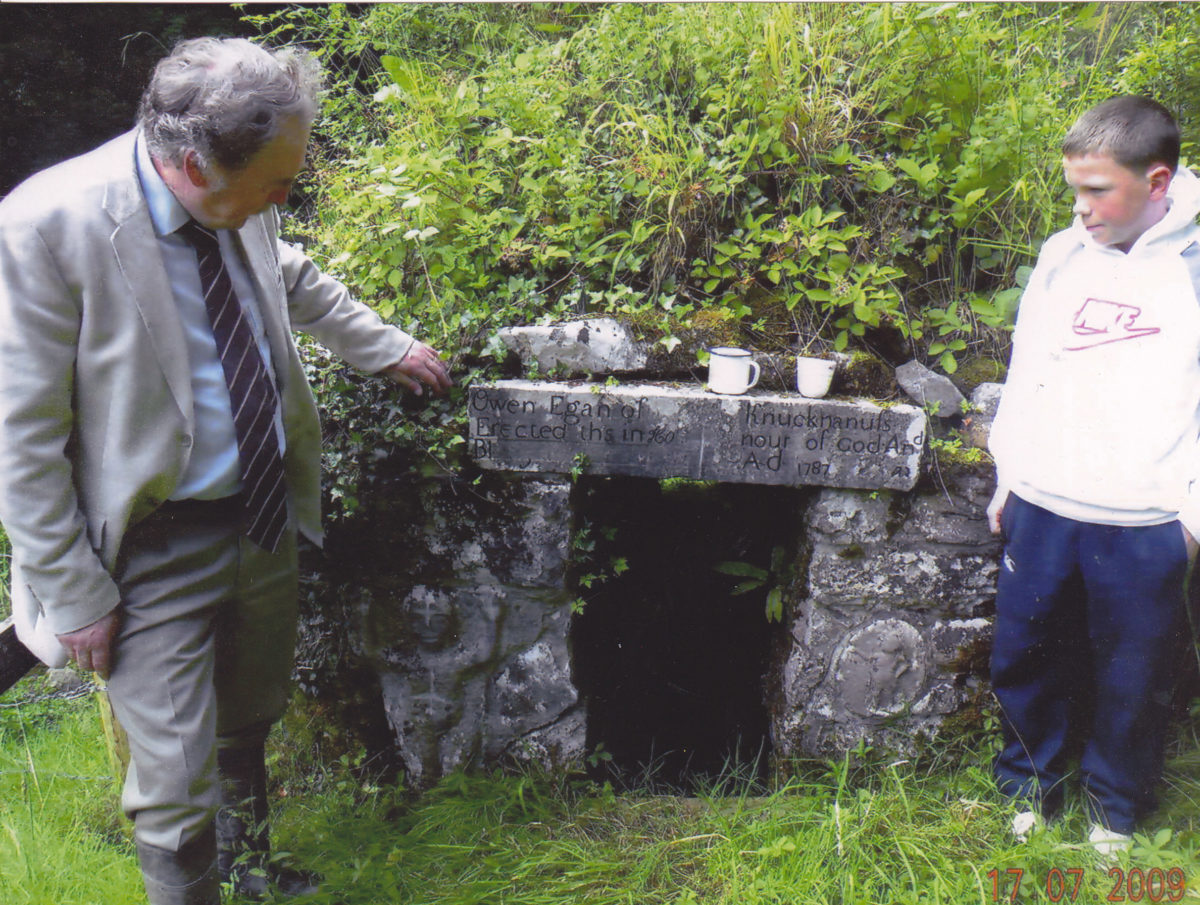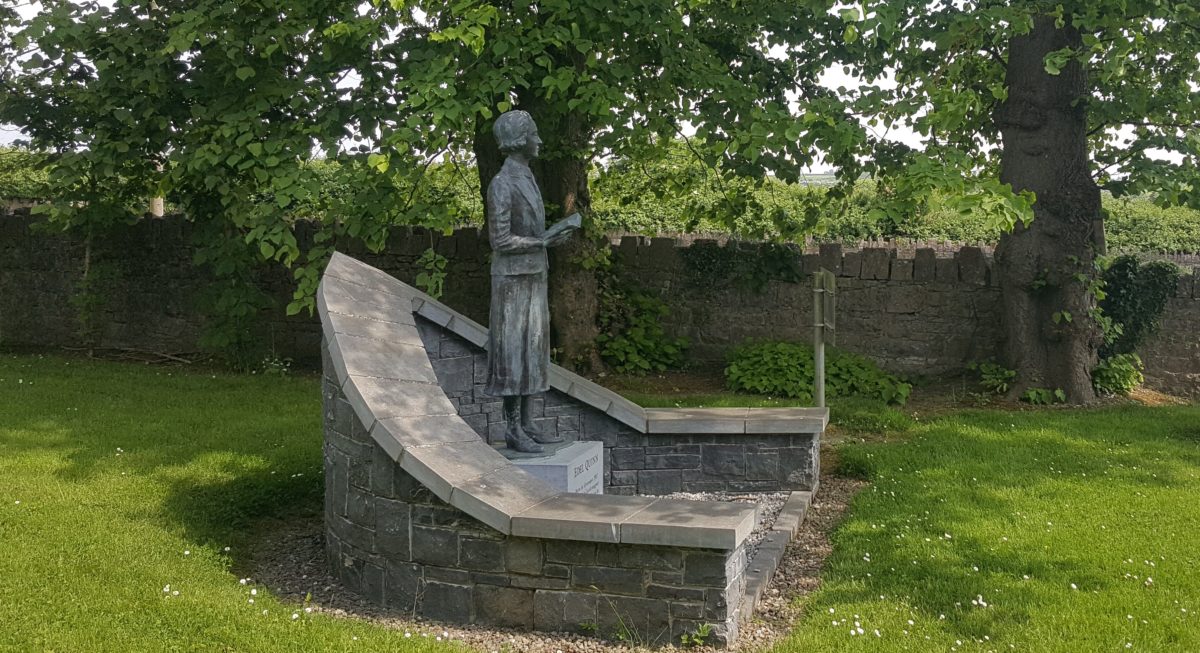The first Protestant Church in Castlemagner was converted from the early Roman Catholic church (circa 800) that was attached to the old Gaelic settlement of Munemanarrach (shrubbery of the sheepfold).
The majority of the ruling classes in Cork ignored the reformation in England (1543) even though they had all signed for the Act of Supremacy (1560). They conveniently ignored its contents and openly practised the Roman Catholic religion. Although all the leading families who took part in the unsuccessful Fitzmaurice rebellion in 1579 got the Queen’s pardon, allowing them to hold on to their land, property and titles, they were forced to adopt the Protestant religion. Edmond Magner became the first Protestant vicar of the old Gaelic church which was now for Protestant worship only. Continue reading “Protestantism in Castlemagner”

